Weed is the most dangerous drug in America. The main reason for this is the fact that most people don’t think it is. In fact, they typically think just the opposite. They believe not only that pot is safe, but also that it has true medicinal qualities. Little do they know that those benefits are barely worth the paper you wrap your joint in.
Marijuana is most commonly touted as a balm for anxiety. But it may actually increase anxiety to the point of psychosis – especially for those with underlying psychiatric conditions. Combine it with a diet of daily intake of violent video games and social media – as did Joshua Jahn, the man who shot three victims at a Dallas ICE facility – and you’ve got all the makings of an unstable American. Jahn is only the latest example of this dangerous makeup.
Weed is also supposed to help you sleep at night, but cannabis gummies, vapes and smoked leaf may actually disrupt sleep patterns. It’s also been praised for pain relief, but in my experience as a physician, it is certainly not effective as a first-line agent.
Even scarier is the fact that cannabis gummies laced with high amounts of the psychoactive compound tetrahydrocannabinol (THC) are attractively packaged in such a way that young children keep taking them and ending up in the emergency room. This past year alone, more than 22,000 patients were admitted to the ER with THC poisoning, and more than 75 percent of those patients were children and teenagers. Many of them were infants. No doubt many of these came from households where weed is treated as a mostly harmless substance.
Speaking of infants – pregnant women are taking more cannabis products than ever, often to ease morning sickness in the first trimester. This greatly increases the risk of preterm birth, low-birth-weight infants, developmental problems, and impaired lung function. I have to wonder how many mothers smoking weed during pregnancy are even aware of these risks.
Besides being more available, today’s cannabis also tends to be far more potent. This isn’t your parents’ Woodstock weed. The typical concentration of THC in widely available products has skyrocketed from 1.5 percent to more than 30 percent. This is resulting in casual users getting hooked at dangerous levels of THC concentration, which increases their appetite for the drug and the amount they need to consume to get high.
People are broadly aware of the danger of laced fentanyl and opioid overdoses, but marijuana is becoming routinely mixed with other psychoactive substances – the result is a massive increase in the number of deadly ER visits due to the drug. The Substance Abuse and Mental Health Services Administration reported 7.59 million drug-related emergency-department visits, a 5.8 percent increase in 2022. The most common cause of this visit was alcohol – cannabis was number two, and opioids three.
Then there are the long-term risks. Smoking is obviously bad for the lungs. Cannabis use of any kind has been proven to damage the heart and increases the risk of cardiac arrest. And excessive cannabis use leads to cognition problems, poor memory function, and difficulty performing tasks and decision-making.
There’s a lot we can do to keep the problem from getting worse. There ought to be no rush to make marijuana products easier to come, and there is no reason to change its status as a Schedule I drug, despite pressure to do so. Three criteria must be met for a Schedule I classification: there must be a high potential for abuse, no accepted medical use, and a lack of safety associated with the substance. The first of these is clearly met, the second hasn’t been proven, and the third is obvious. There are currently no established safety protocols or guidelines for the drug’s use.
Many activists want to change the drug to Schedule III, which would remove key regulatory barriers, make the drug easier to access, and formalize its medical uses. What these activists don’t acknowledge is that the expansion of legal use would undoubtedly carry with it an expanded shadow industry. This growing trade would be totally unregulated and would peddle in an increasingly potent form of the product.
Instead, we need a consistent regulatory standard for the amount of THC that cannabis can legally contain. Across the 40 states that have approved the drug for medical use and the 24 for recreational, there are a massive range of accepted THC levels. This must be standardized at a low level.
And people must be made aware of just how dangerous the drug is. Ignorance about its dangers combined with its increasing availability, its diverse forms and the strength of the cannabis industry have all combined to create a giant green monster. Until we recognize this beast for what it is, it will continue to stomp across the nation unchecked.



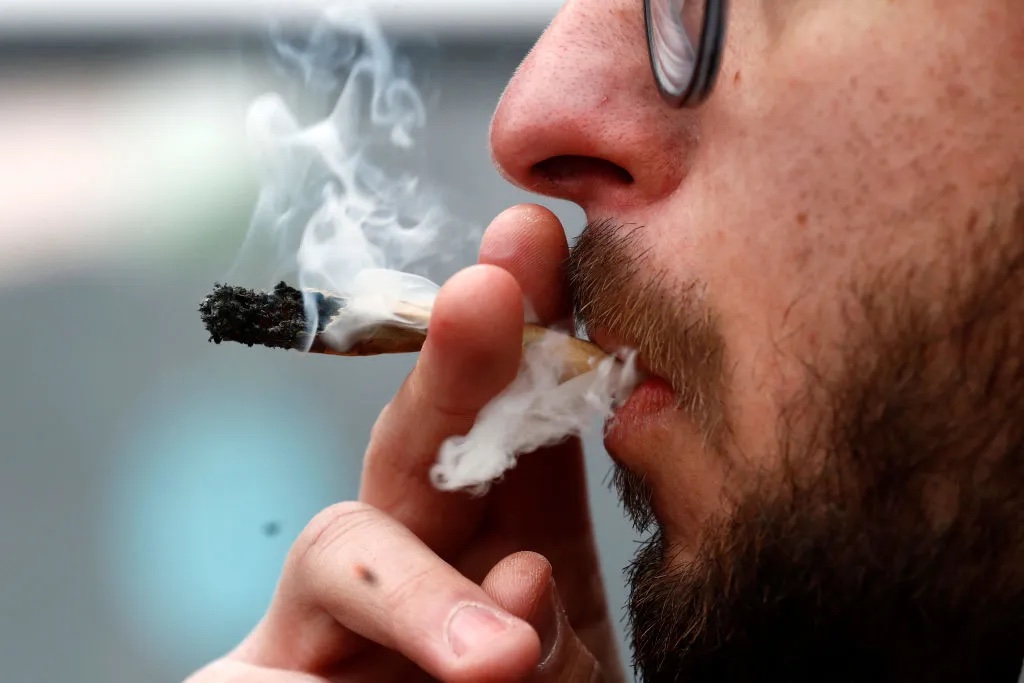






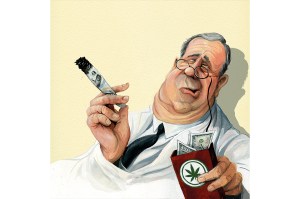


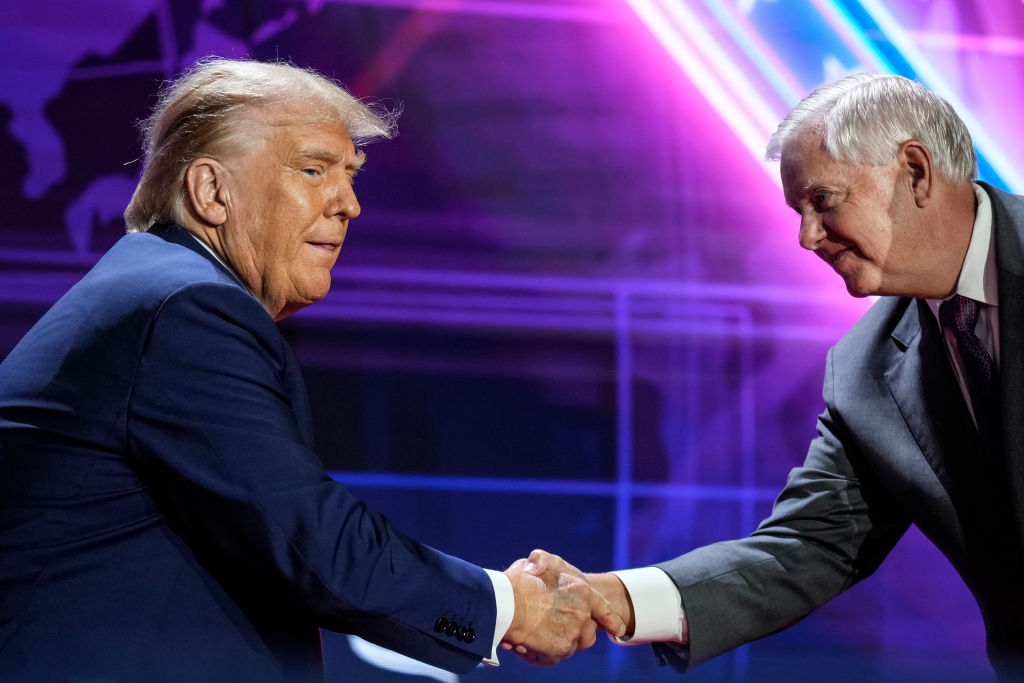
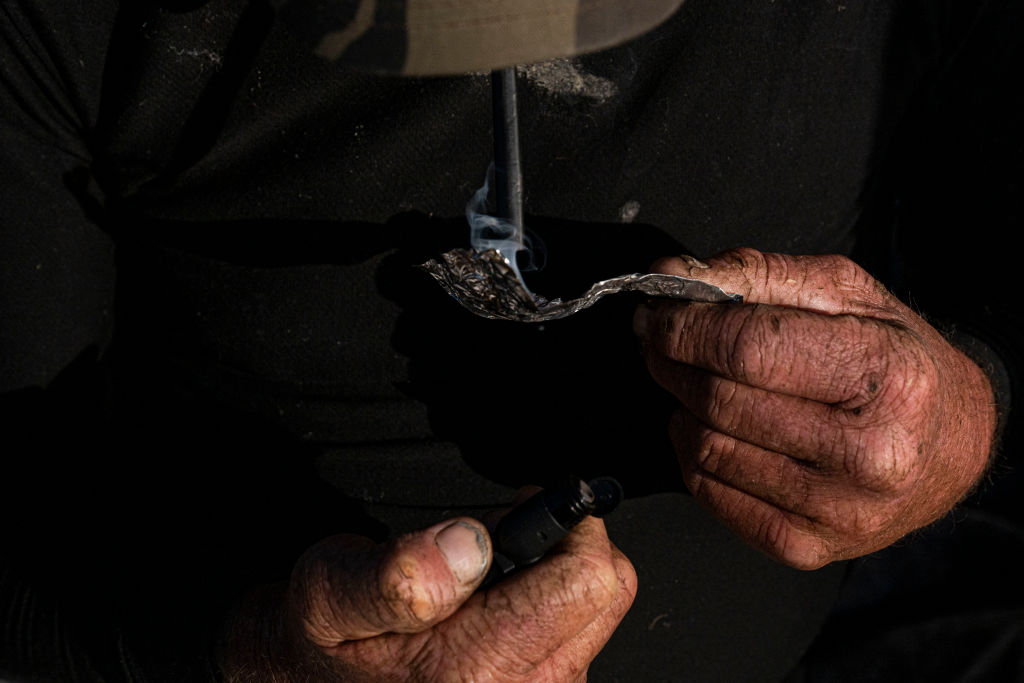
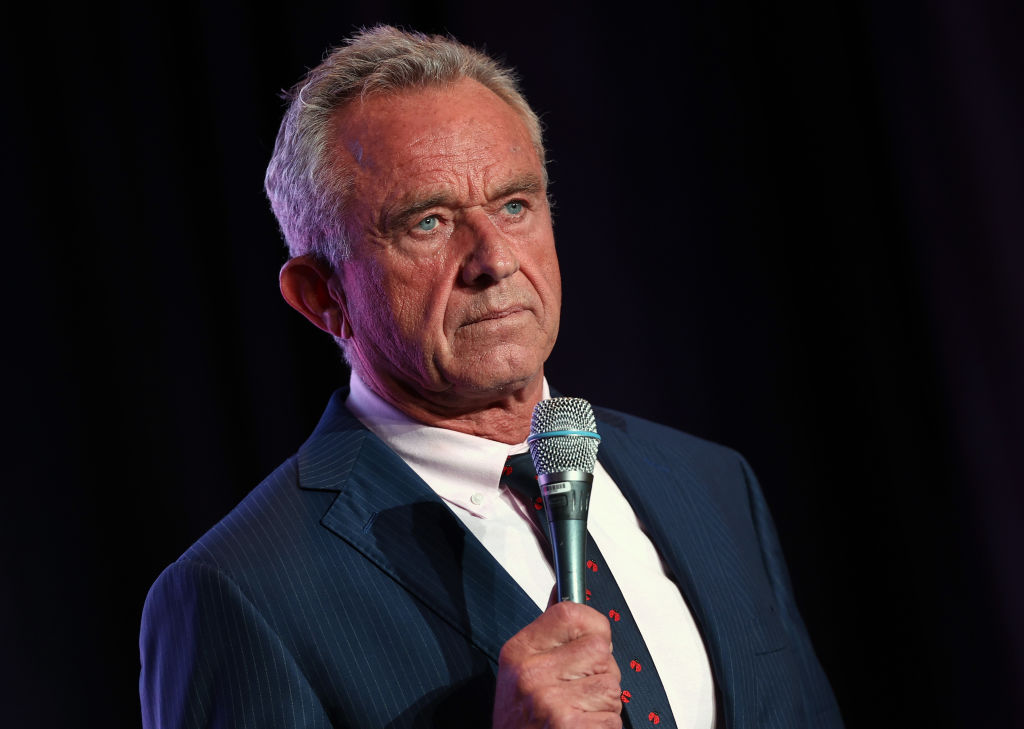
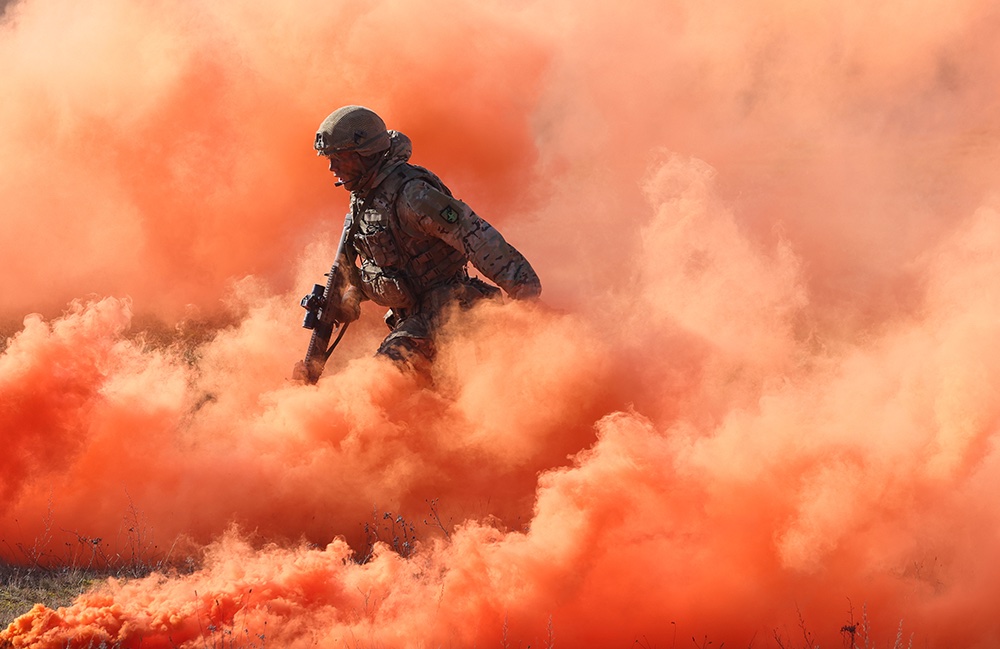



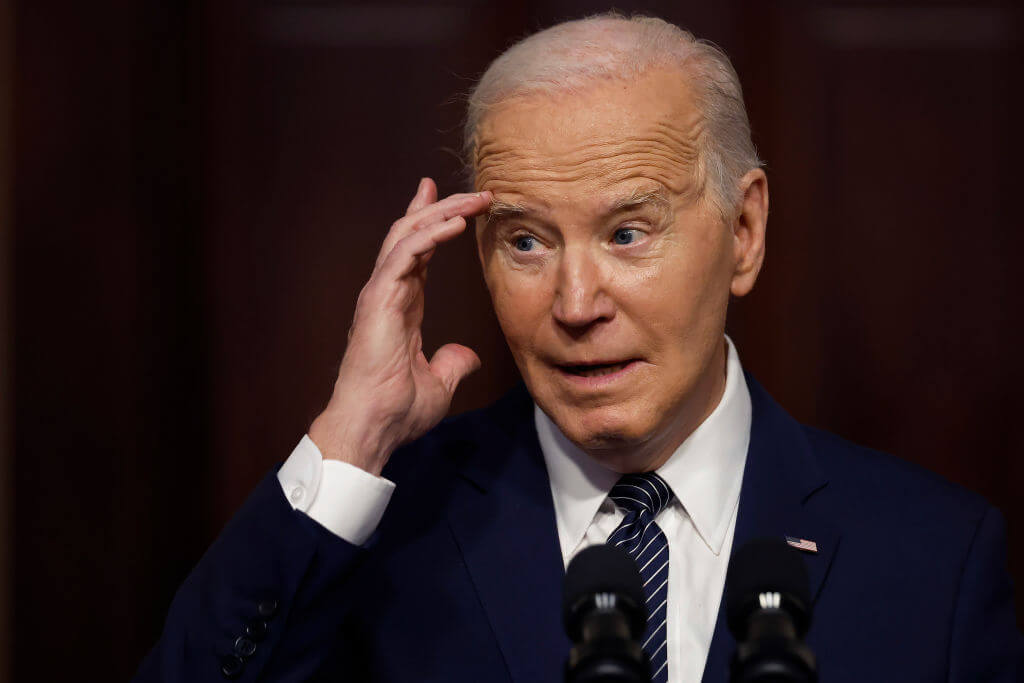



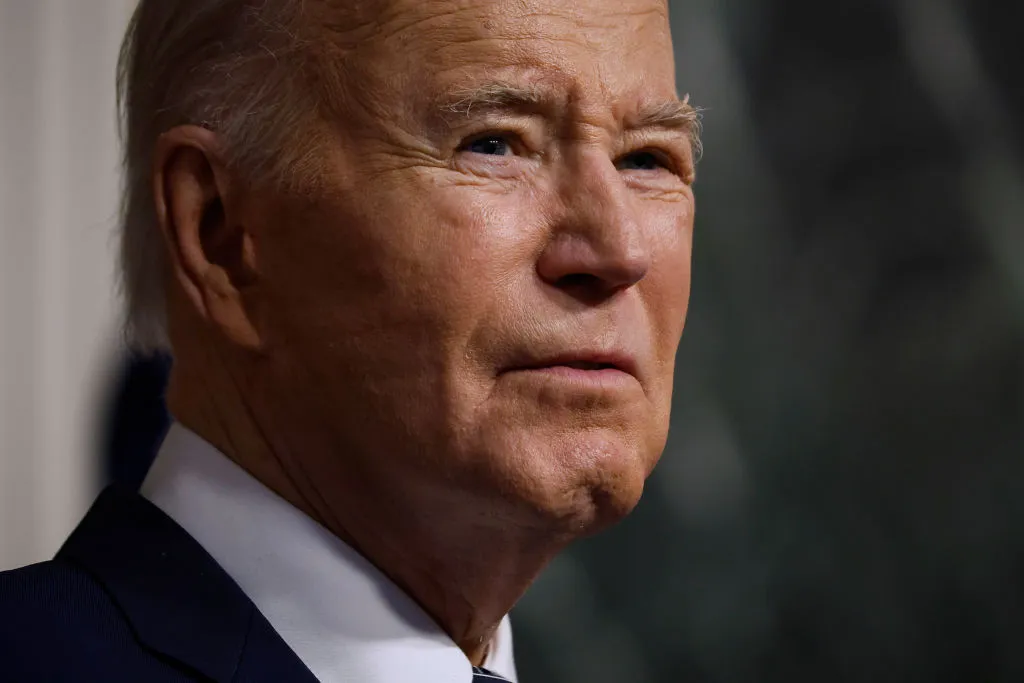

Leave a Reply